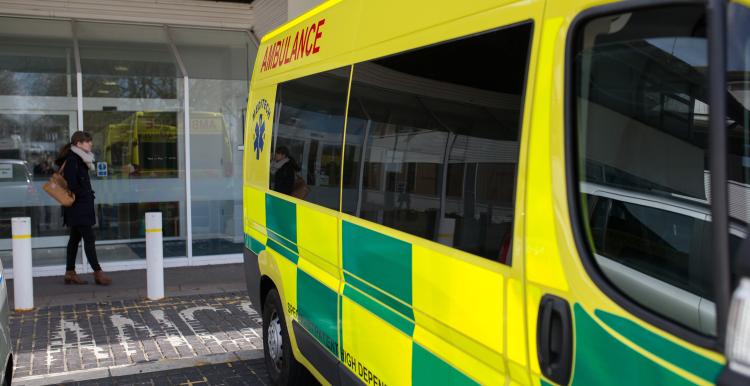Improving urgent and emergency care in West Yorkshire

More people are living longer, often with multiple long-term conditions, and the growing demand for support from services comes at a time when the cost of care is also increasing. To help meet these challenges, health and social care services are going through reforms that aim to help make them more efficient and better at delivering tailored support.
In West Yorkshire, urgent care is changing. The West Yorkshire and Emergency Care Network is working with partners to oversee improvements benefiting 2.5 million people across the region. Here we take a look at how local Healthwatch have been working to ensure that local people's views are sought on proposed new ways of working.
A new way of working: Hear, See and Treat
What do you do in an emergency? For most of us, calling 999 or 111 is our first response, often resulting in a trip to Accident and Emergency (A&E) which could have been avoided. Urgent care is not just delivered in hospitals, but by GPs, pharmacists, community teams, ambulance services, NHS 111 and social care services. The changes happening in West Yorkshire aim to improve the way these services work together to make the experience better for patients.
Under the plans, 999 and 111 call processes would be integrated, and more doctors and nurses will work in 111 and 999 call centres. This approach would mean that the most appropriate care can be arranged for patients – whether it’s primary care, community care, mental health services or a visit to A&E. It aims to improve the way medical information is shared so that paramedics and call handlers can see people’s medical history, and better assess the care people need.
A range of services will be developed to allow patients to be seen and treated at home or as close to their home as possible. This includes ambulance services moving away from their current primary role as an emergency response and patient transportation service, to being more focused on treating people and arranging for them to attend the most appropriate care service.
Six local Healthwatch from across West Yorkshire and Harrogate have been working together to talk to local people about the proposed changes to urgent and emergency care. Through a series of face-to-face events and online opportunities they heard from over 2,500 people.
What people said
The majority of people were positive about the proposed changes and thought that they would help ensure that only people who really needed to attend A&E would do so.
- 79% believe that Hear, See and Treat would benefit them or someone they care for.
- 74% agree that it would make a positive difference to the care they receive.
- 45% agree that if you have an urgent health care problem you should always be taken to A&E after calling 999.
- 84% agree they would be confident that if a paramedic knew more about their medical history they could decide on the best treatment option.
- 85% would prefer to stay at home and be treated if going to A&E isn’t necessary.
- 85% would like paramedics to be able to offer different options rather than taking them to A&E, such as urgent referral to a GP and medical care provided in their home.
- 75% would be confident that a paramedic, supported over the phone by doctors and nurses, could decide on the best treatment for them.
The joint report from the six local Healthwatch has been shared with the Yorkshire Ambulance Service, Hospital Trusts and the Clinical Commissioning Groups in West Yorkshire and Harrogate. It has now formed part of the business case that will lead to a change in the way that services are delivered in West Yorkshire.
